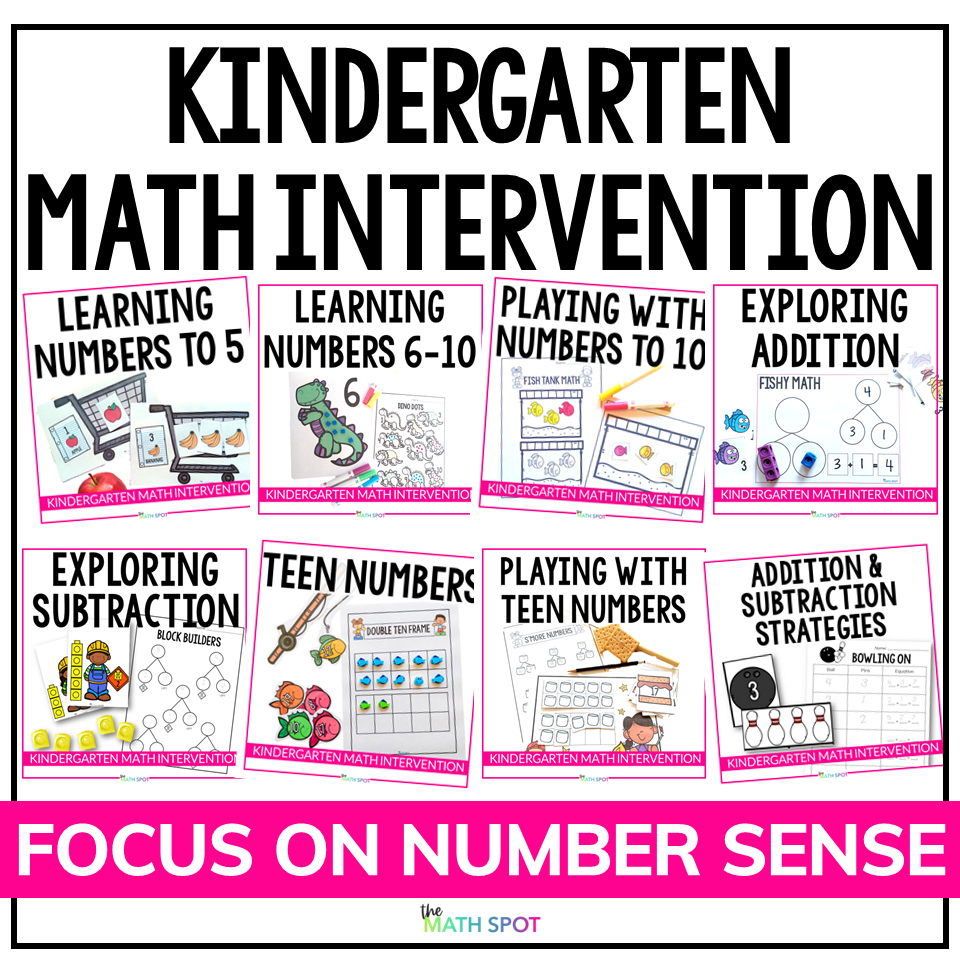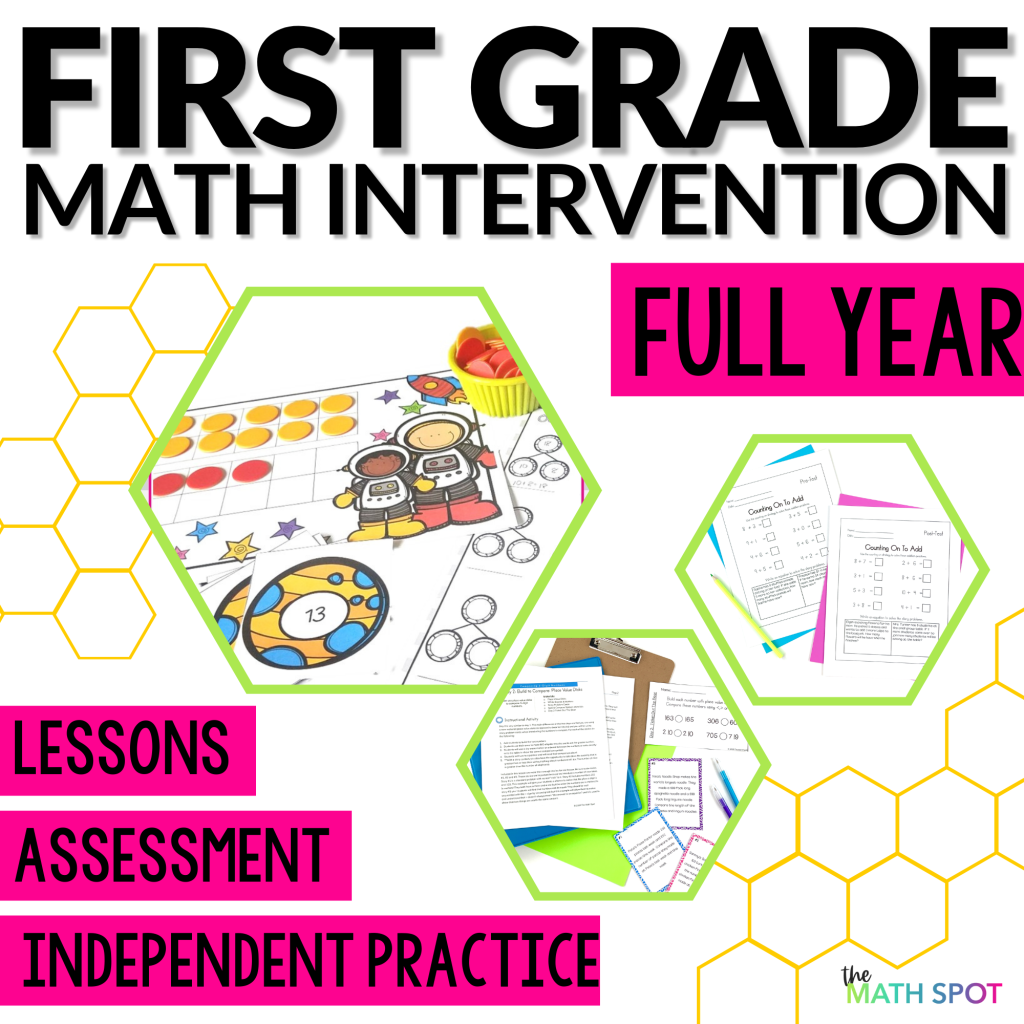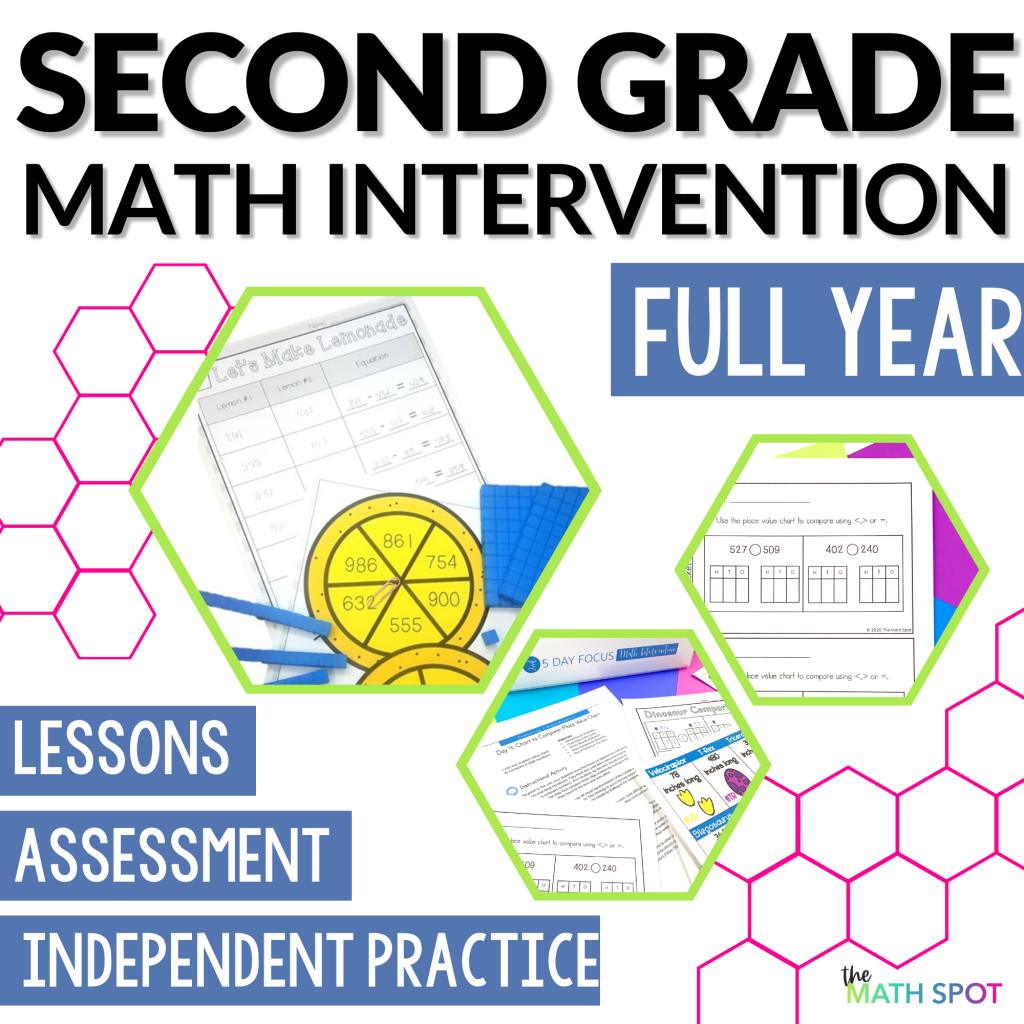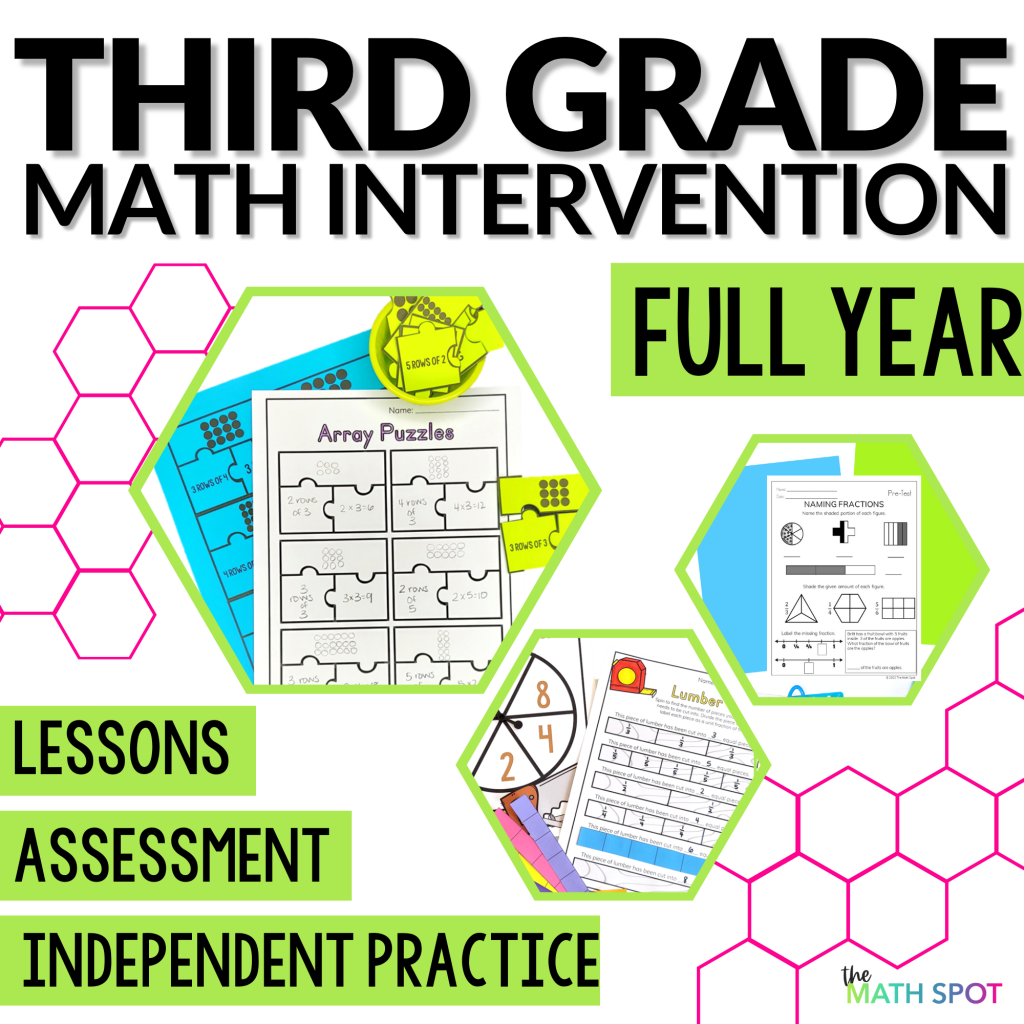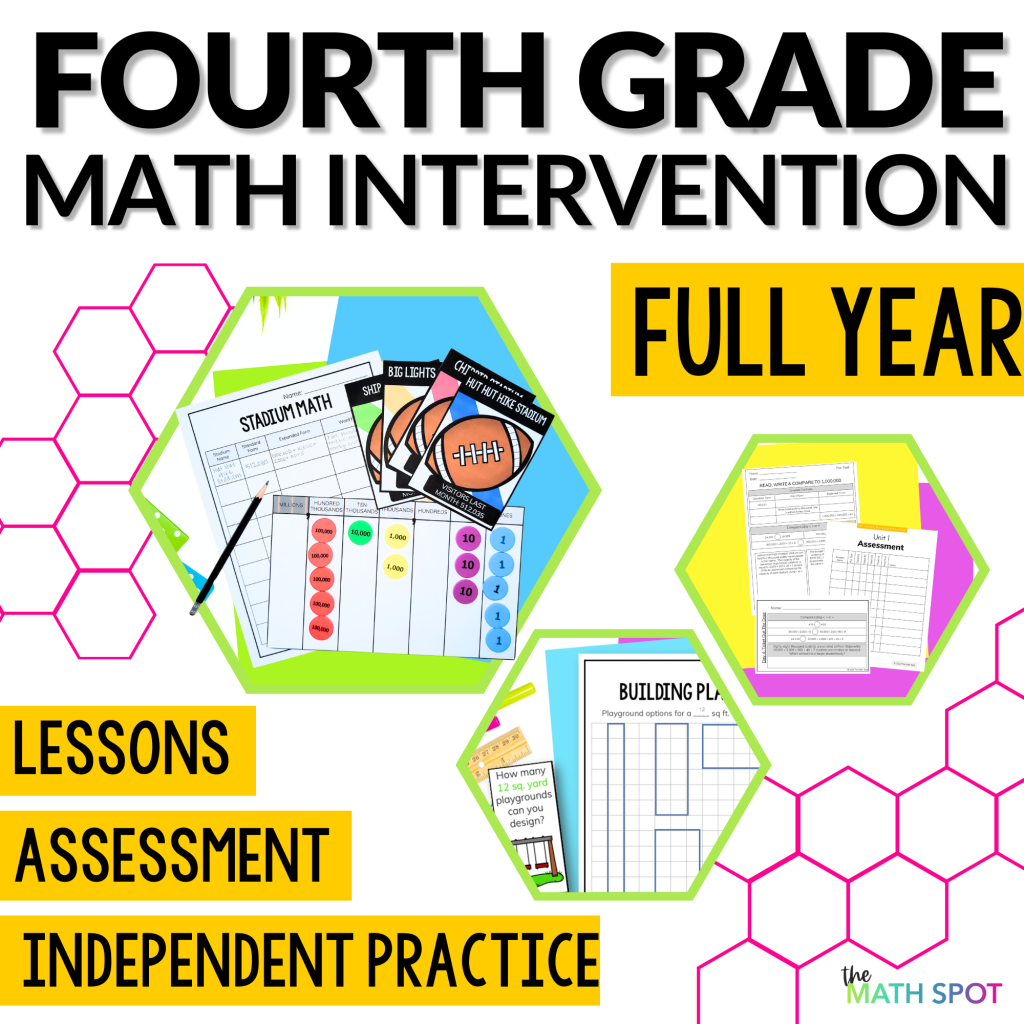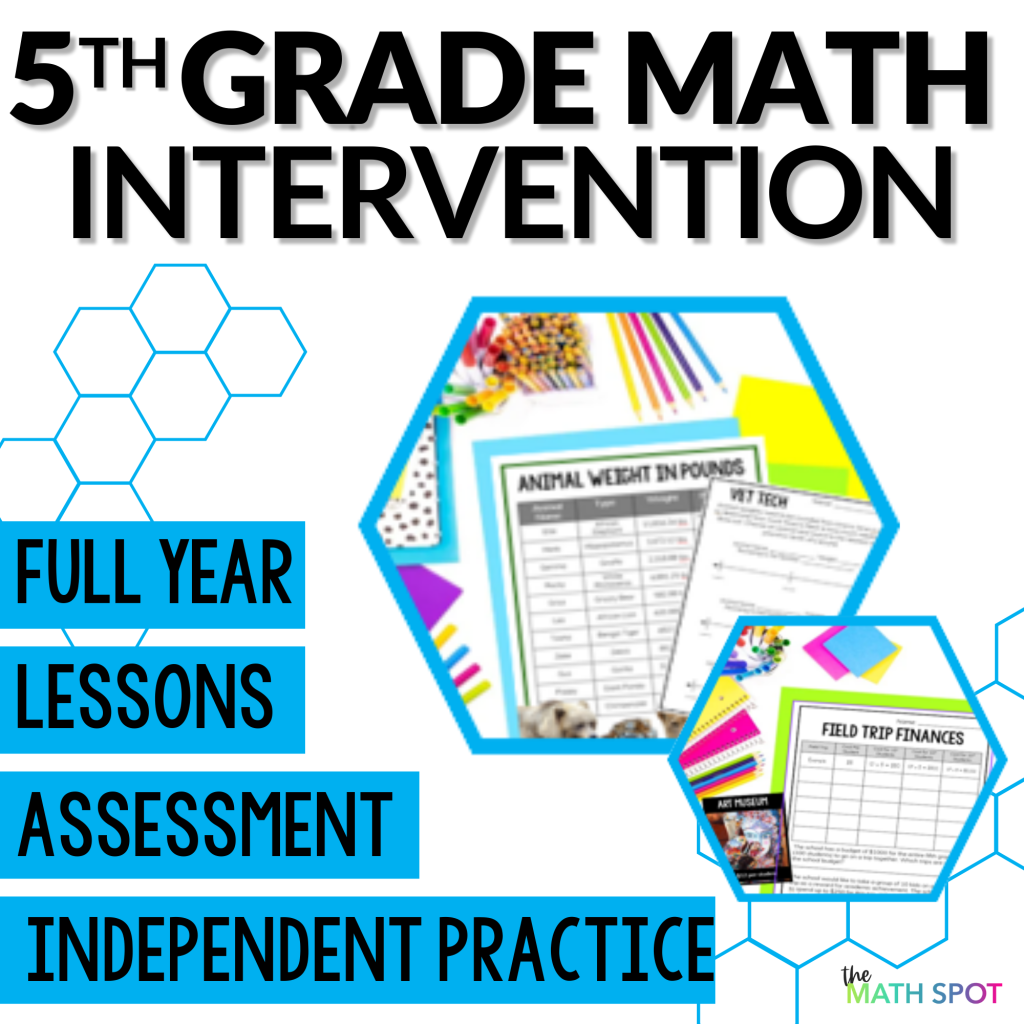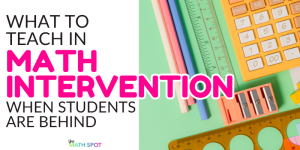Should Math Intervention Follow Tier 1 or Fill Learning Gaps?
Many intervention teachers feel pressure to mirror Tier 1 instruction in their small group space. If students are struggling in Tier 1, it seems natural to pull those same lessons into intervention so students can keep up in the classroom.
But here is the problem: this approach often misses the real reason students are struggling and keeps you stuck in a cycle of short-term fixes.
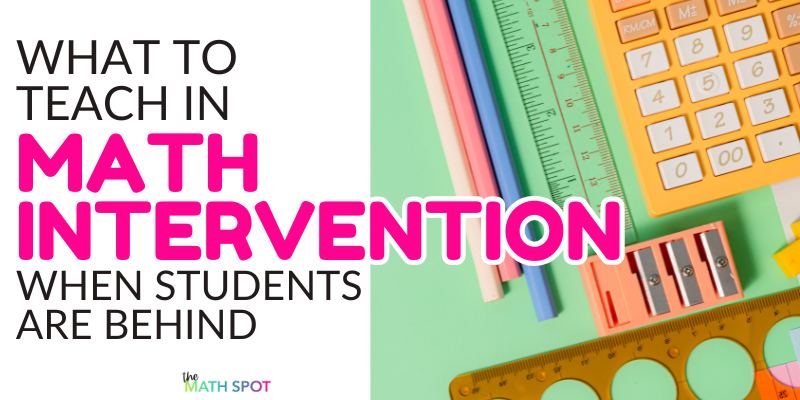
Why Mirroring Tier 1 Is Not Enough
Before you match your small group lessons to the current classroom unit, pause and ask:
What is the real reason these students are behind?
- Is it because of the specific skill being taught?
- Or are there gaps in foundational understanding that keep showing up?
If those foundational gaps are not addressed, they will continue to be roadblocks no matter what topic Tier 1 is working on.
The Shortcut Trap
When the goal is to “keep up” with Tier 1 at all costs, it is tempting to use shortcuts.
Example: If a student is struggling to compare fractions, it might seem faster to teach them to cross multiply. But if they do not understand like numerators, like denominators, or benchmarks like one-half, the shortcut falls apart the moment they move to a new topic such as equivalent fractions.
Now you are starting over with a brand-new trick because the foundation is still missing.
The Whack-a-Mole Problem
Mirroring Tier 1 can also leave you feeling like you are playing whack-a-mole.
The Tier 1 pace can be blistering, and if you only see your students a few times per week, you are constantly trying to “catch up” to whatever is happening in the classroom that week. The gaps keep popping up faster than you can address them.
Start Where the Student Is
A more effective approach is to start where the student is, not where Tier 1 is.
This is asset-based thinking:
- What do you already know?
- What is the next best step for you?
Instead of focusing on deficits and filling every gap you see, this approach zeroes in on the student’s zone of proximal development. You meet them at their current level and move them forward in a way that sticks.
Staying in Step with Tier 1 Without Copying It
You can still keep Tier 1 in mind as you plan Tier 3 intervention:
- Look at the Tier 1 schedule in advance.
Review upcoming units and think about where your students are relative to those topics. If you see a unit on comparing fractions coming up, and your students are still shaky on naming fractions with like denominators, plan to address that now. Fill those foundational cracks before the Tier 1 lesson arrives. - Make explicit connections.
Even if your lesson is on naming fractions, take a moment to connect to what is happening in Tier 1. You might ask, “Which fraction is greater?” using the fractions you just named. You are not tackling the full Tier 1 skill, but you are making an intentional bridge between intervention and classroom learning.
How a Diagnostic Assessment Fits In
Knowing exactly where to start with each student is critical, and this is where a diagnostic assessment is different from a screener.
A screener might flag that a student is “below benchmark,” but it does not tell you the specific skill they are missing or the next logical step forward.
A diagnostic assessment, like the Math Intervention Diagnostic Assessment, maps a student’s understanding along a continuum. You can see exactly which skills they have mastered and which ones are ready to be taught next. This makes planning efficient, targeted, and aligned with the student’s needs while still keeping Tier 1 in view.
The Bottom Line
Your intervention time is precious. Mirroring Tier 1 may feel helpful in the short term, but it rarely builds the deep, lasting understanding your students need.
Start where your students are. Use diagnostic data to guide your next steps. Fill the cracks before the big concepts arrive in Tier 1, and make those intentional connections so students can confidently step back into the classroom ready to learn.
And when it comes to gaps, remember– if you’re not going to teach it now, then who will?
Math Intervention Resources From The Math Spot
